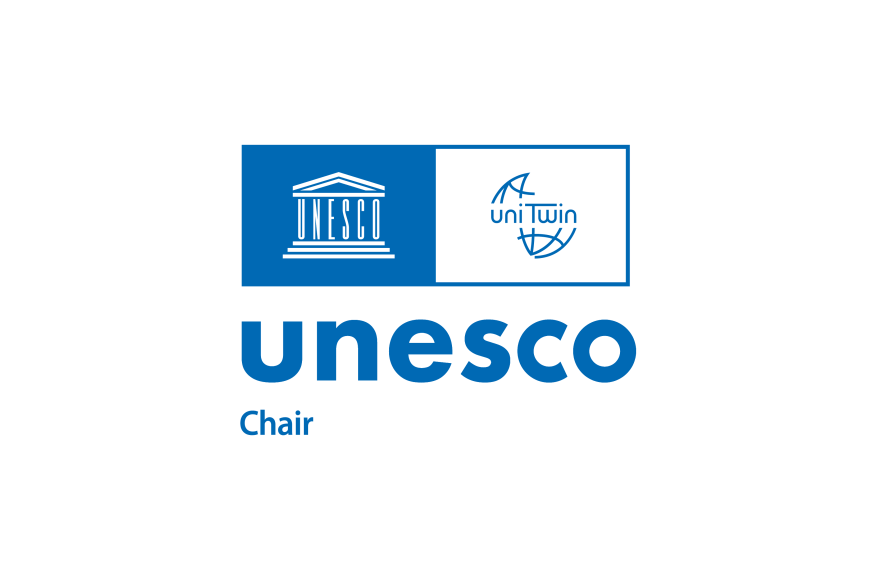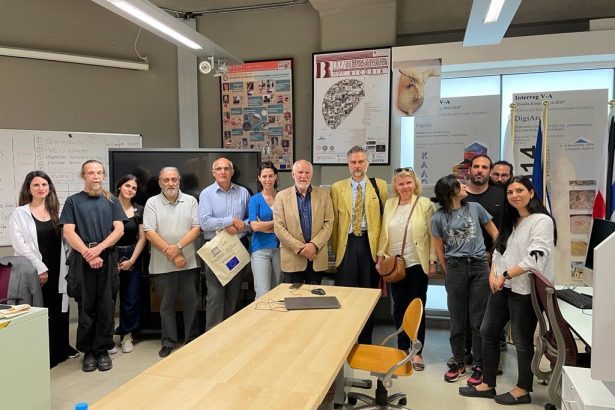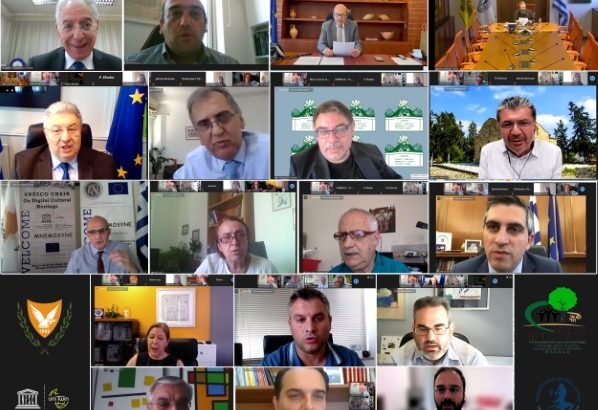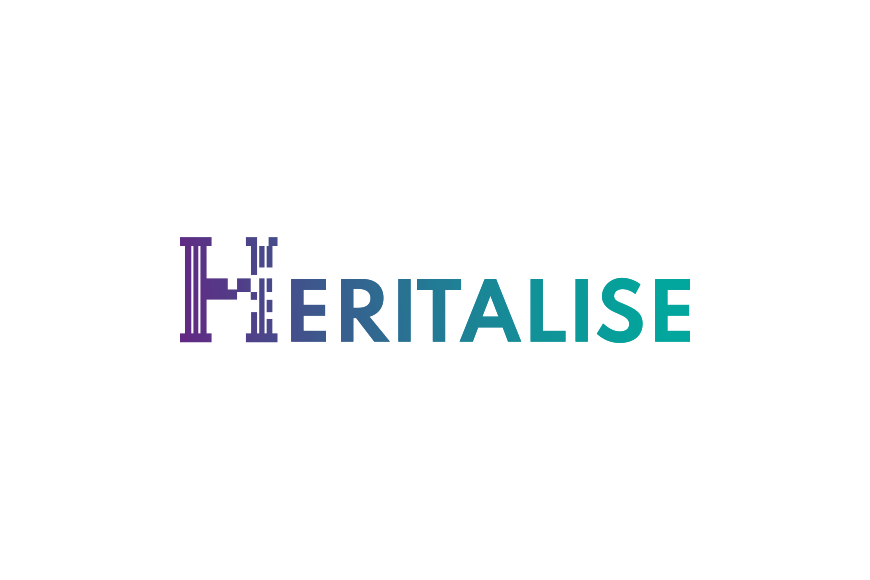2nd Call for Papers for OPEN ACCESS BOOK by Springer-Nature: 3D Research Challenges in Cultural Heritage – Vol. IV: Digitisation, Risk Prevention and Monitoring Methods
The UNESCO Chair on Digital Cultural Heritage at the Cyprus University of Technology is calling for original papers to be published – free of charge – in a new OPEN ACCESS Book by Springer-Nature, which focuses on the Digitisation, Risk Prevention and Monitoring Methods of tangible Cultural Heritage assets.
- Reviewed and selected original papers will be published under Open Access by Springer-Nature without any costs for the authors – latest at the end of this year.
- Length of Chapter:
Chapters should be no larger than twelve A4 pages including. colour images, tables and bibliography and can be submitted via our online platform:
https://unescochair-dch.net/Open_Access_Book_Risk_Prevention_Monitoring_Methods
- Guidelines for writing a Chapter:
https://unescochair-dch.net/AuthorGuidelinesSpringer-Nature
- Deadline for submission: 31st of July 2024
- Announcement of review results: 31st of August 2024
- Camera-ready papers for the publisher: 18th of September 2024
Introduction:
Cultural heritage is both a celebration of diversity and shared communities of the human race. It is an irreplaceable resource at risk from acts of nature, climate change, political unrest or armed conflict. When a site, monument or artefact is destroyed, so is the knowledge it imparts to us and future generations, and its loss has a profound impact on social, political and economic factors for those communities affected.
Innovative, digitally smart approaches are urgently needed to protect, monitor, document and assess the risk to cultural heritage and assist in protecting, recovering, restoring and rebuilding these irreplaceable records of humanity’s shared past.
Objective:
This special issue explores the emerging multidisciplinary methodologies and approaches for the monitoring, protection, and restoration of tangible cultural heritage affected by conflict and natural disasters. It seeks to demonstrate how a modern integrated approach can successfully combine contemporary technical requirements with historical and cultural considerations, fostering future sustainable reconstruction and recovery efforts.
We invite contributions on the following themes:
- Digital heritage documentation for the protection and rebuilding of tangible heritage (movable, immovable) in natural disaster and conflict zones,
- BIM, HBIM, HHBIM, CAD applications (such as CADIA, Rhino – freeform surfaces) for modelling and digital documentation of tangible heritage,
- Smart methodologies in cultural management strategies in post-disaster and conflict settings,
- Reproduction and promotion of tangible cultural memory (#MemoryTwins – holistic knowledge documentation) and/or #DigitalTwins (geometry, texture, annotations) in the aftermath of destruction using modern technologies such as XR and/or Metaverse and/or 3D printing,
- AI-driven support in the protection, restoration and conservation of tangible objects,
- Smart Structural Analysis / FEM Simulations / Numerical modelling of tangible objects at high risk, for protection reasons and/or due to natural disasters, or manmade interventions,
- Long-term data preservation of digital records from tangible objects under threat.
- GIS smart tech monitoring in Cultural Heritage in combination with advanced systems such as the EU Copernicus,
- New forms of Paradata, Metadata and Data structures/schema and/or guidelines/standards in the area of protection, looting, destruction, renovation, and conservation of tangible cultural heritage assets.
Special Focus:
This book will illustrate the advances and challenges in digital data acquisition/documentation of tangible objects and the modelling of acquired massive data sets into accurate 2D/3D architectural drawings/models through Heritage Building Information Modelling (HBIM), and parametric/freeform surfaces. Additionally, it will address the processes of semantic annotation of digital models and the application of linked data approaches to embedding vital data (original construction materials, conditions, structural analysis, books, research reports, storytelling, etc.) and enrich the model with ancillary records/models/data that inform the modern multidisciplinary team required to assess and protect heritage at risk.
Furthermore, this publication will explore the efforts of modern multi/interdisciplinary teams forming the domain of Cultural Informatics, Engineering and Humanities and exceptional protection, restoration and preservation methodologies employed before and after human and/or natural disasters. It aims to reveal the restoration process’s cultural values, characterised by a rich pattern of skills and creative steps shared among restoration professionals, the advanced technologies and preventative methods they use in heritage risk management, conservation, protection and public awareness of heritage at risk.
- Reviewed and selected original papers will be published under Open Access by Springer-Nature without any costs for the authors – latest at the end of this year.
- Length of Chapter:
Chapters should be no larger than twelve A4 pages including colour images, tables and bibliography and can be submitted via our online platform:
https://unescochair-dch.net/Open_Access_Book_Risk_Prevention_Monitoring_Methods
- Guidelines for writing a Chapter:
https://unescochair-dch.net/AuthorGuidelinesSpringer-Nature
- Deadline for submission: 31st of July 2024
- Announcement of review results: 31st of August 2024
- Camera ready papers for the publisher: 18th of September 2024





